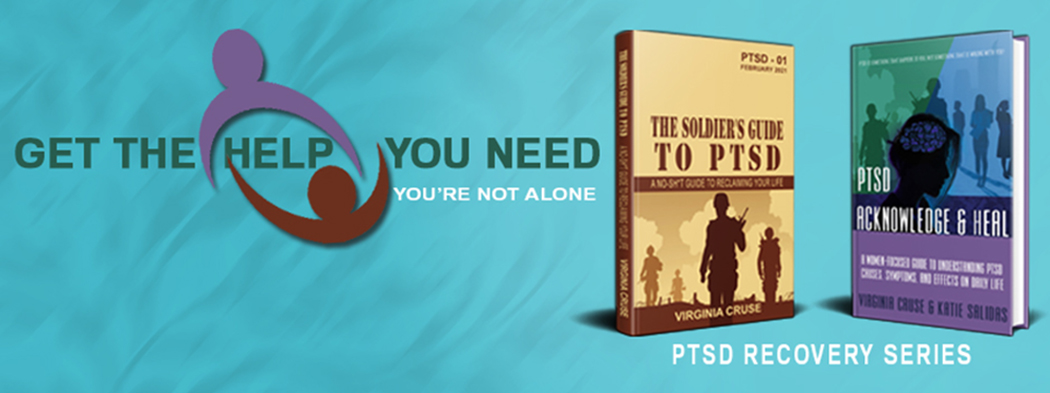Bullying, also known as peer victimization, is an Adverse Childhood Experience (ACE). ACEs are potentially traumatic events that can have negative, lasting effects on a person's development, the way they interact with others, and how they perform in school.
Bullying is aggressive behavior, often seen among school-aged children (but can also happen during adulthood), that involves inflicting of social, emotional, physical, and/or psychological harm to someone who often is perceived as being less powerful.
There are three types of bullying:
·
Verbal bullying includes
Teasing
Name-calling
Inappropriate sexual comments
Taunting
Threatening to cause harm
·
Social bullying involves hurting
someone’s reputation or relationships and includes in person and online
interactions:
Leaving someone out on purpose
Telling other children not to be friends with someone
Spreading rumors about someone
Embarrassing someone in public
Sharing personal or private information about someone
·
Physical bullying involves hurting
a person or their possessions.
Hitting/kicking/pinching
Spitting
Tripping/pushing
Taking or breaking someone’s things
Making mean or rude hand gestures
Bullying can occur during or after school hours. While most reported bullying happens in the school building, a significant percentage also happens in places like the playground or the school bus. It can also happen travelling to or from school, in the child’s neighborhood, or on the Internet.
Bullying can cut to the core of our fundamental belief systems about ourselves, others, and the world, and good therapy can help us overcome these scars.
How did bullying affect you? We value your feedback and ideas! Reach out on our Community Facebook Page!
*****
“If you believe change is possible, you want to change, and you are willing to do the work, you absolutely CAN get your life back.”
Get your copy of The Soldier's Guide to PTSD, The Soldier's Workbook,



No comments:
Post a Comment